Tempo
A Rowman & Littlefield Music Series on Rock, Pop, and Culture
Series Editor: Scott Calhoun
Tempo: A Rowman & Littlefield Music Series on Rock, Pop, and Culture offers titles that explore rock and popular music through the lens of social and cultural history, revealing the dynamic relationship between musicians, music, and their milieu. Like other major art forms, rock and pop music comment on their cultural, political, and even economic situation, reflecting the technological advances, psychological concerns, religious feelings, and artistic trends of their times. Contributions to the Tempo series are the ideal introduction to major pop and rock artists and genres.
The American Songbook: Music for the Masses, by Ann van der Merwe
Billy Joel: Americas Piano Man, by Joshua S. Duchan
Bob Dylan: American Troubadour, by Donald Brown
Bon Jovi: Americas Ultimate Band, by Margaret Olson
British Invasion: The Crosscurrents of Musical Influence, by Simon Philo
Bruce Springsteen: American Poet and Prophet, by Donald L. Deardorff II
The Clash: The Only Band That Mattered, by Sean Egan
Glam: Music in Sound and Vision, by Simon Philo
The Kinks: A Thoroughly English Phenomenon, by Carey Fleiner
Kris Kristofferson: Country Highwayman, by Mary G. Hurd
Patti Smith: Americas Punk Rock Rhapsodist, by Eric Wendell
Paul Simon: An American Tune, by Cornel Bonca
Phil Spector: The Sound of the Sixties , by Sean MacLeod
Ska: The Rhythm of Liberation, by Heather Augustyn
Sting and The Police: Walking in Their Footsteps, by Aaron J. West
U2: Rock n Roll to Change the World, by Timothy D. Neufeld
Warren Zevon: Desperado of Los Angeles, by George Plasketes
America's Ultimate Band
Margaret Olson
ROWMAN & LITTLEFIELD
Lanham Boulder New York London
Published by Rowman & Littlefield
An imprint of The Rowman & Littlefield Publishing Group, Inc.
4501 Forbes Boulevard, Suite 200, Lanham, Maryland 20706
www.rowman.com
Unit A, Whitacre Mews, 26-34 Stannary Street, London SE11 4AB
Copyright 2013 by The Rowman & Littlefield Publishing Group, Inc.
All photographs by Sherry Frank.
All rights reserved. No part of this book may be reproduced in any form or by any electronic or mechanical means, including information storage and retrieval systems, without written permission from the publisher, except by a reviewer who may quote passages in a review.
British Library Cataloguing in Publication Information Available
Library of Congress Cataloging-in-Publication Data
Olson, Margaret, 1971
Bon Jovi : Americas ultimate band / Margaret Olson.
pages cm. (Tempo: a Scarecrow Press music series on rock, pop, and culture)
Includes bibliographical references and index.
ISBN 978-0-8108-8661-2 (cloth : alk. paper) ISBN 978-1-5381-1822-1 (pbk. : alk. paper) ISBN 978-0-8108-8662-9 (ebook)
1. Bon Jovi (Musical group) 2. Rock musiciansUnited StatesBiography. I. Title.
ML421.B68O47 2013
782.421660922dc23
[B] 2013013754
 The paper used in this publication meets the minimum requirements of American National Standard for Information Sciences Permanence of Paper for Printed Library Materials, ANSI/NISO Z39.48-1992.
The paper used in this publication meets the minimum requirements of American National Standard for Information Sciences Permanence of Paper for Printed Library Materials, ANSI/NISO Z39.48-1992.
Printed in the United States of America.
Foreword
Bon Jovi is now so enmeshed in American popular culture it seems as if the band has been around forever, always ready to go: on the radio, on the jukebox, on a summer concert stage, or on a benefit television show. There is an ease and pleasure to much of their music that belies their skill, professionalism, and honorable pursuits, much like the postVietnam War suburban American way of life that has embraced them and given them the commercial success only a few second-generation rock bands can claim. Fans not looking for an argument quickly warmed to Bon Jovi in the early 1980s. Many of those fans sought release from and validation for their workaday life, and they enjoyed cheering for more glamorous versions of themselves. Bon Jovi drew male and female crowds from the beginning, though their career path has been paved more abundantly by women in the audience.
If there could be a simple way to explain Bon Jovis appeal to men and women, it would be that men find in Bon Jovi a strong backbone, both of defiance and for defending the weak and vulnerable, as well as permission to put down their fists once in a while and enjoy the party; women find in Bon Jovi men who can do just that: stand on their own, fight for whats right, and then dance the night away (hopefully right into the bedroom). But such a reductive explanation, tempting as it is, demeans both the band and its fans if it dismisses other essential desires and accomplishments that are part of the Bon Jovi equation.
Bon Jovi is an aspirational effect and affect of American culture. Men and women who listen to the band hear validation as well as inspiration for the middle American of modest means with noble dreams. At a Bon Jovi show, fans relax in the presence of a like-minded community. It is as if the most successful (and beautiful) men on the block were throwing a backyard party for the whole neighborhood and the invitation read come as you are.
In this respect, their songs reinforce American themes: taking charge of ones own life, persevering through trials, finding dignity in work, drawing strength from family and community, and enjoying the spoils of victory. Bon Jovi did not bring a punk ethic or look; there was no Eurostyle; and they had, at best, a loose relationship with the conspicuous performativity of the Hair Band phenomenon, which placed a premium on personal appearance and stage spectacle. Bon Jovi was a product of the Jersey Shore of the 1970s and took its cues from the regions history of show bands plying their trade in want of steady work in front of mixed-gender audiences. From Asbury Park to New York City, like-minded bands raised the stakes of the profession by privileging musicianship as much as showmanship. So, while each band member was proficient on his instrument to begin with, each was also motivated to develop and refine his skill to keep him on top.
Bon Jovilike the best bandswas supremely competitive, its sights set on beating out the competition by playing ever larger concert halls. Those bigger stages were, for the most part, outside the PhillyNew JerseyNew York City circuit. West of the Jersey Shore lay country music and the blues, and while no one would mistake Bon Jovi for either of those kinds of bands, the band picked up enough tints and tones from across middle America to broaden its appeal from coast to coast. Once it captured the attention of mainstream America, it was able to tour globally and offer international audiences a proud but non-threatening taste of dyed-in-the-wool red, white, and blue.
Bon Jovis own aspirations combined with a practical intelligence for survival helped it slip out from specific cultural strangleholds of the 1980s. The friendships among the core members helped the band negotiate personal and professional challenges in the 1990s, and its embrace of marketing methods in a rapidly changing music industry has served it well to the present day. Bon Jovi is middle Americas show band, yes, and can lay claim to being Americas ultimate band, but it also has a conscience. In its songs and tours, one sees its roots in working-class culture and honest dialogue about the trials and joys of everyday life for millions of middle Americans. In performing for more than thirty years, Bon Jovi has become a part of American culture itself.


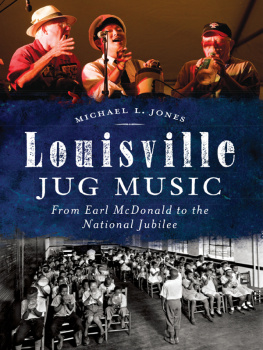
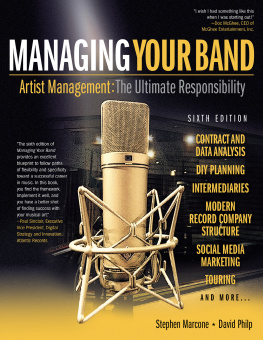

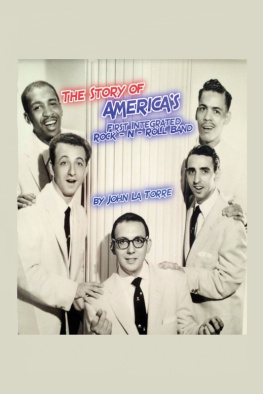

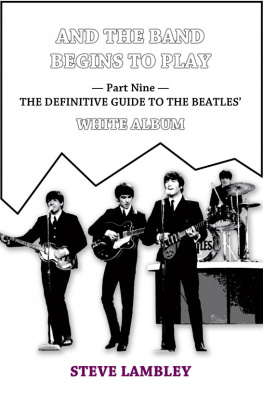
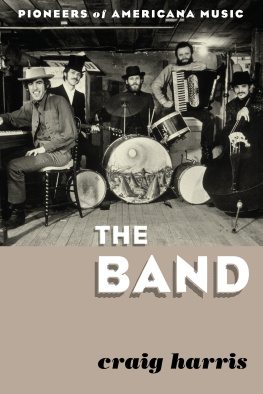

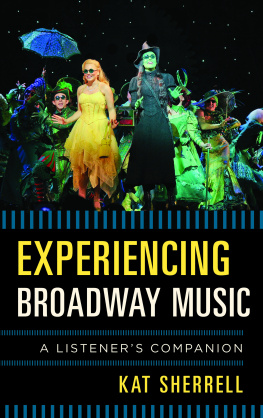


 The paper used in this publication meets the minimum requirements of American National Standard for Information Sciences Permanence of Paper for Printed Library Materials, ANSI/NISO Z39.48-1992.
The paper used in this publication meets the minimum requirements of American National Standard for Information Sciences Permanence of Paper for Printed Library Materials, ANSI/NISO Z39.48-1992.